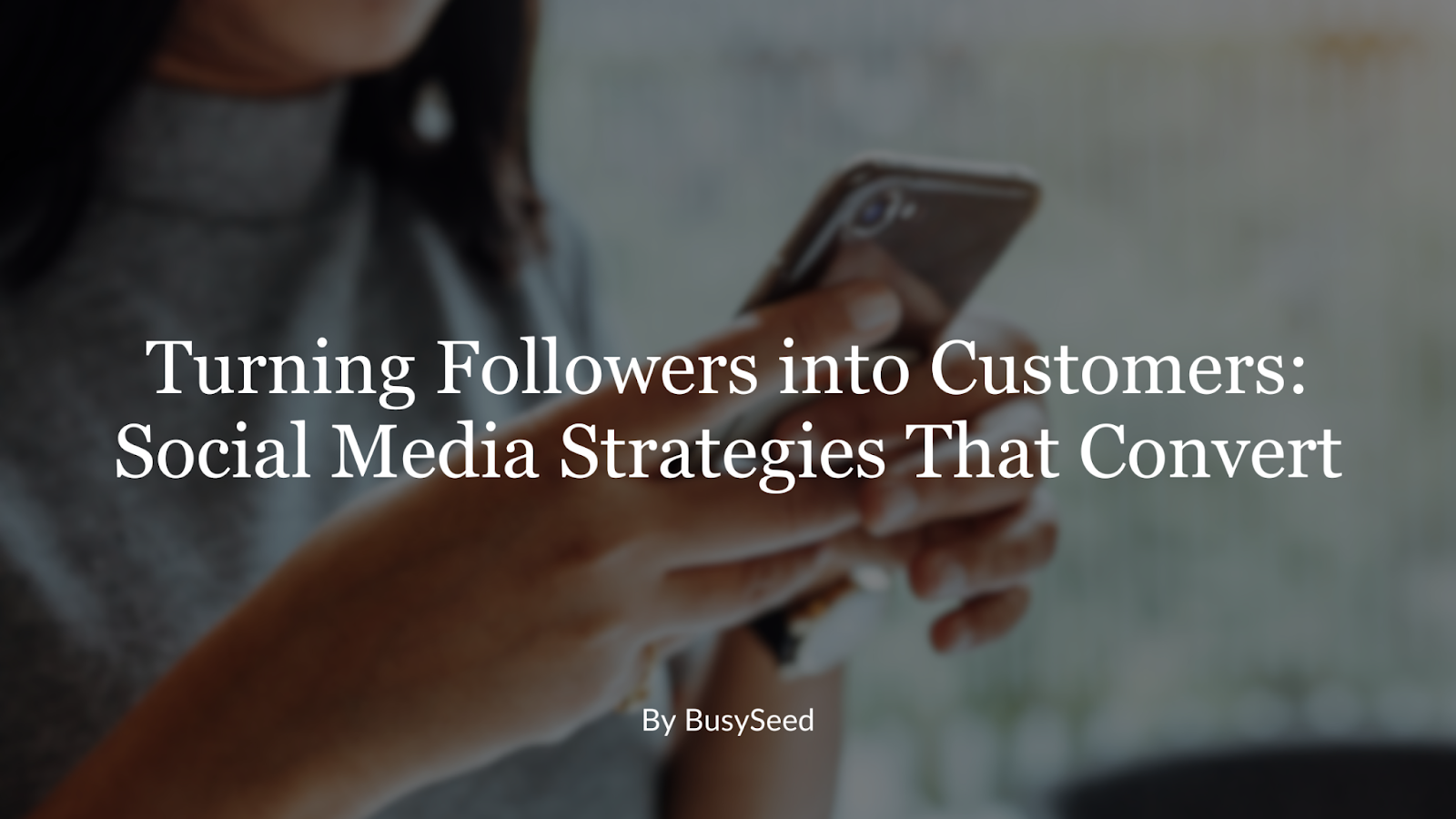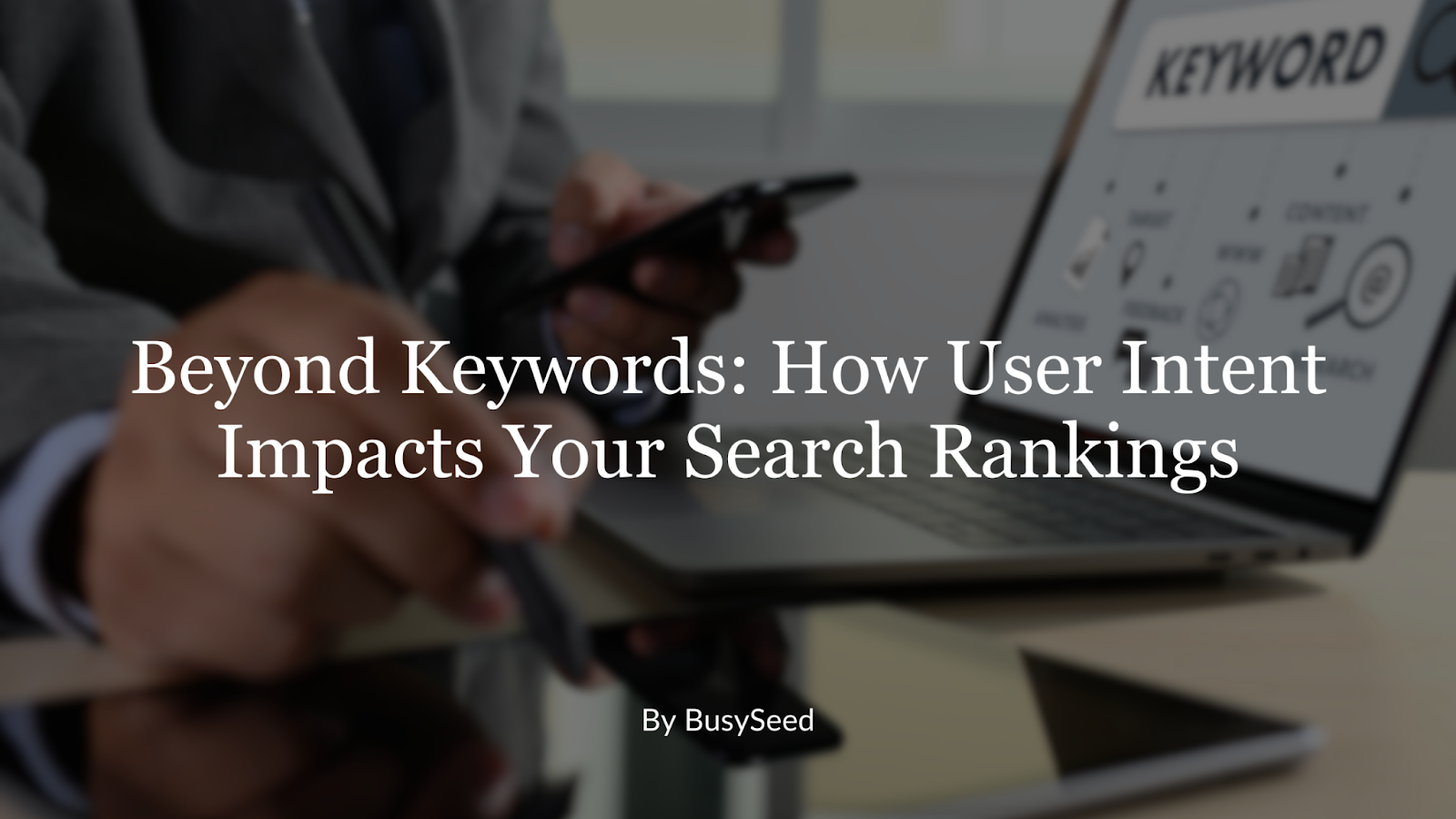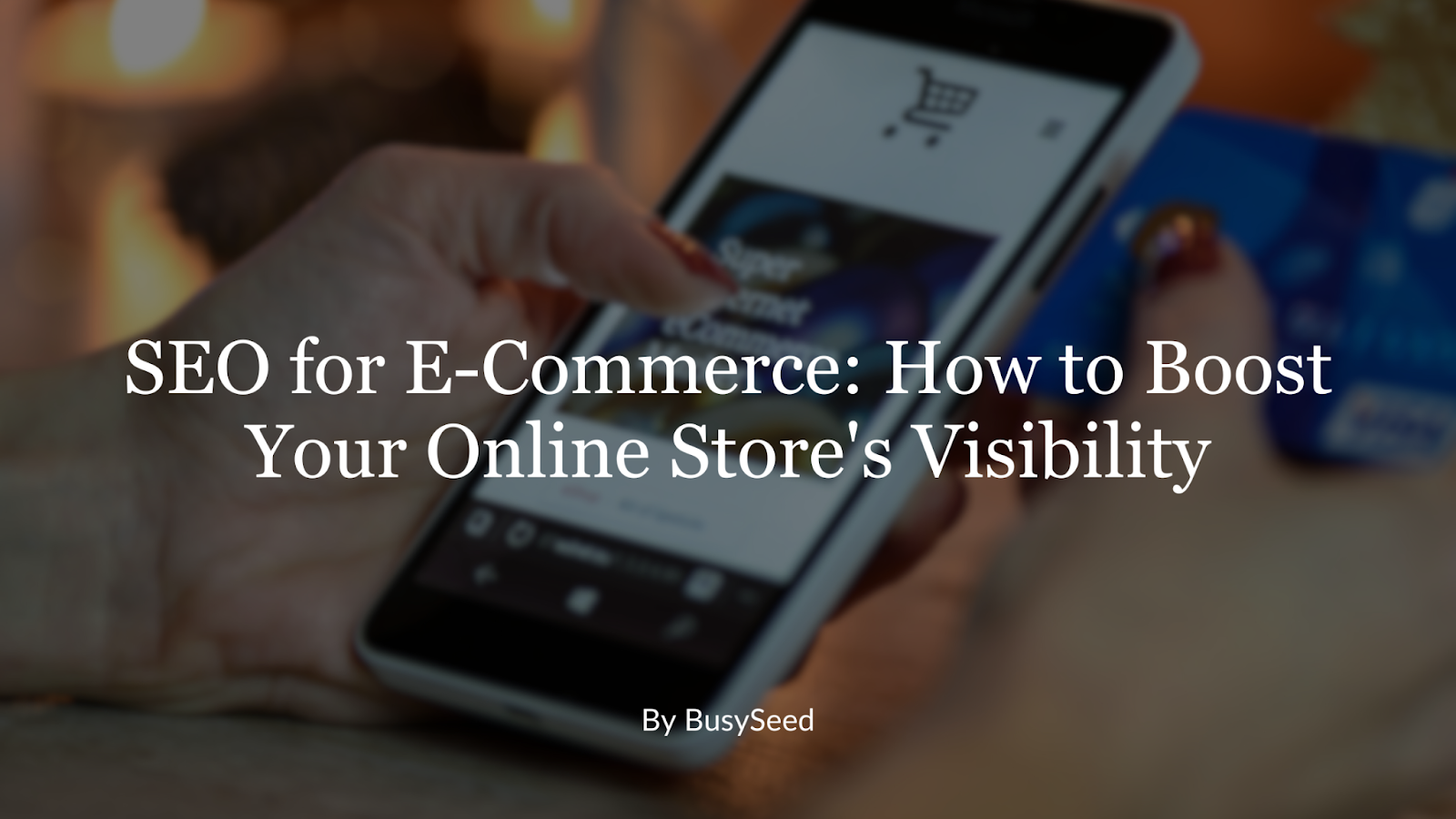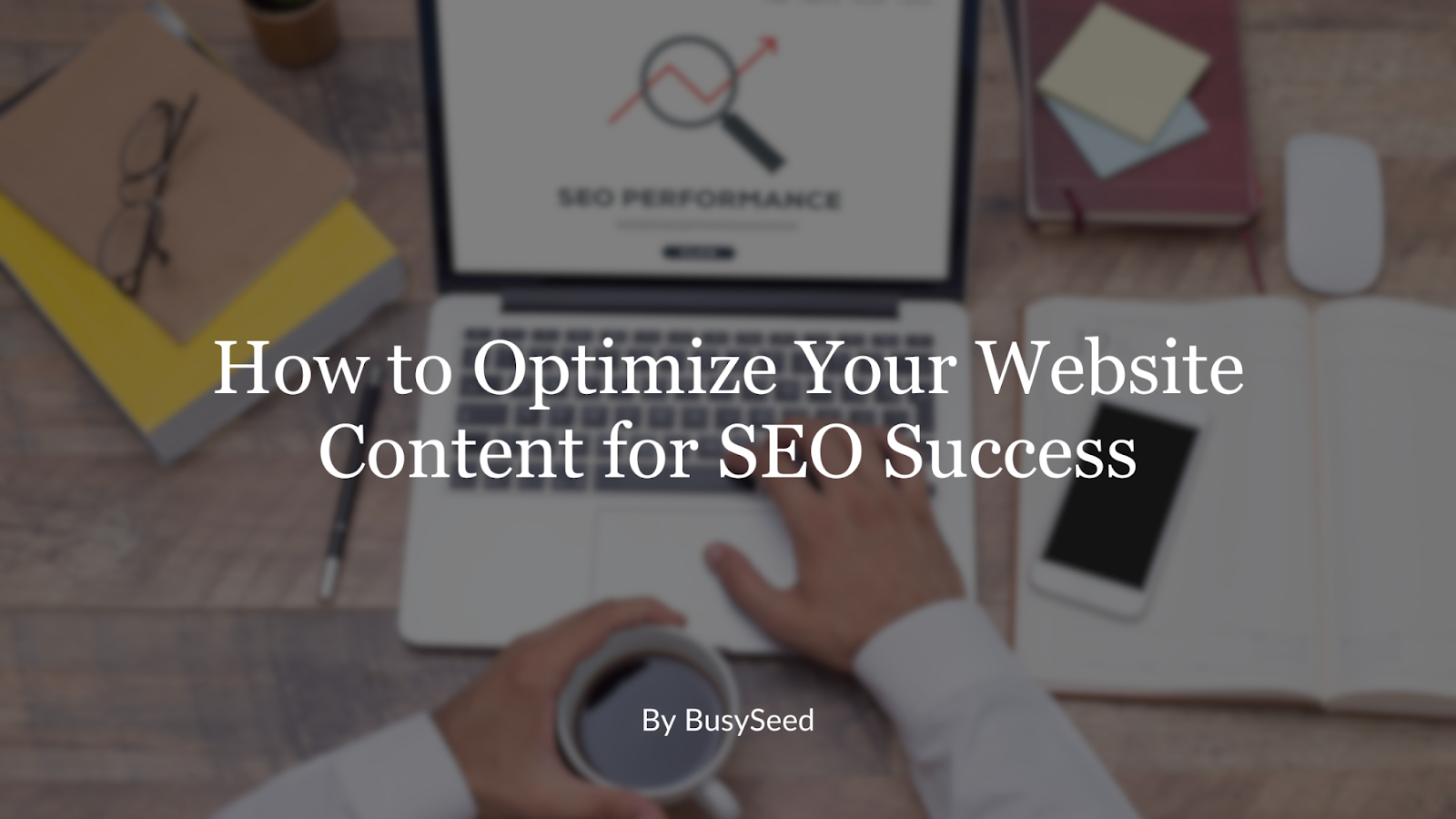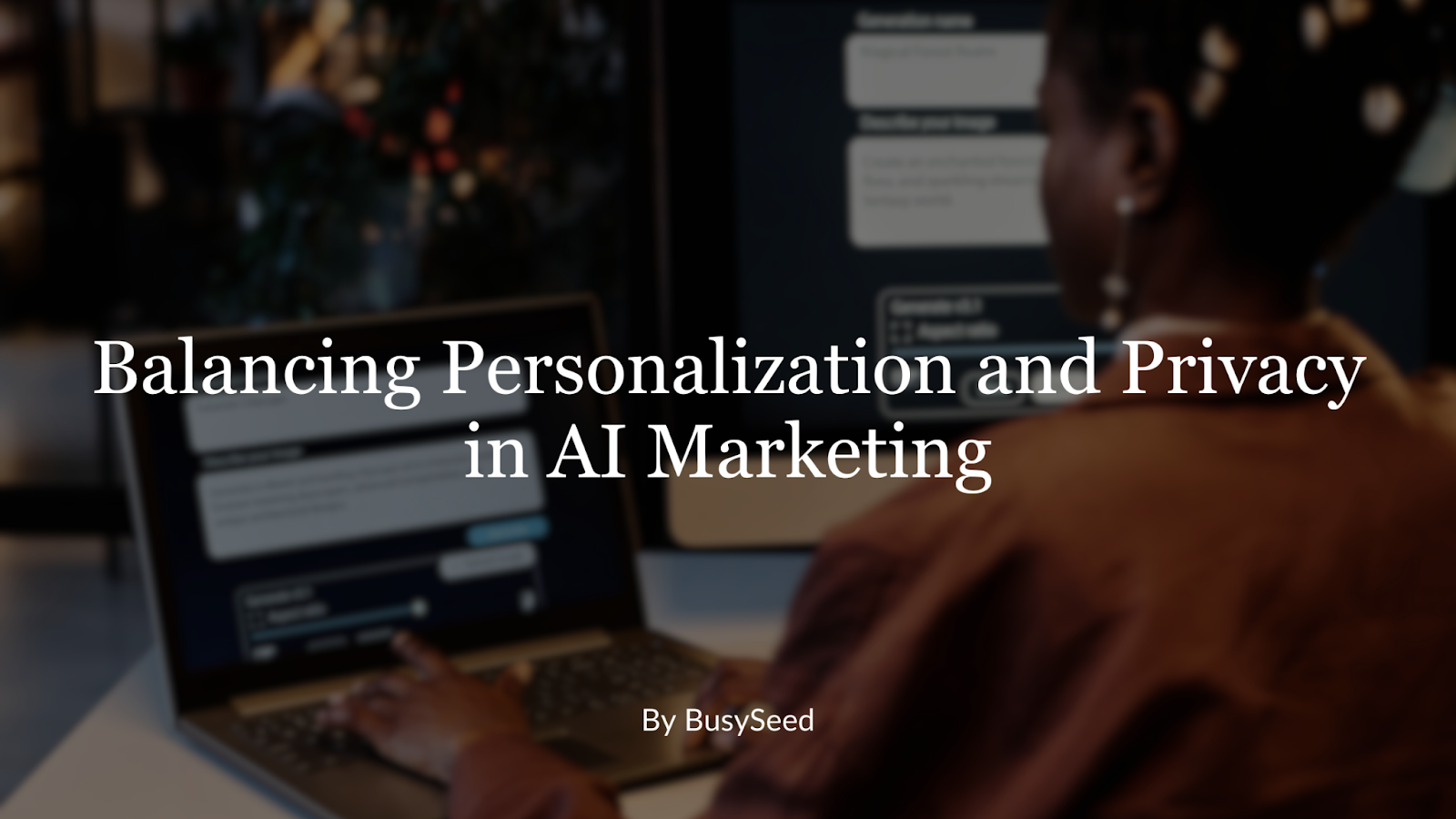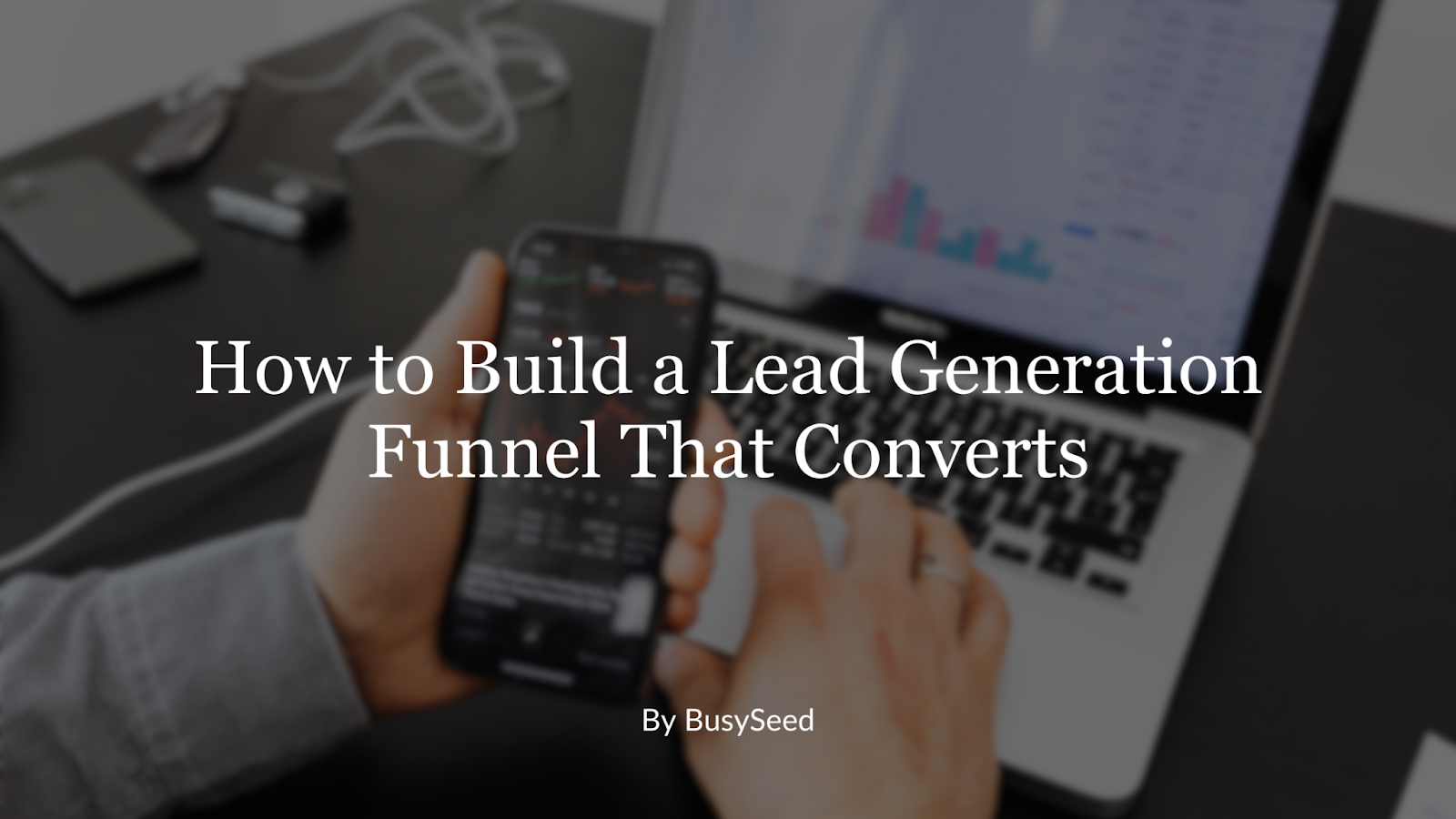Too long, didn't read?
Not to worry! We can sit down together and explain our findings and the contents of this blog in detail. This discussion will include insights from " ". Schedule some time on the right with our CEO.
PPC Advertising Secrets from Top NYC Advertising Agencies
This guide dives into the secrets behind successful PPC campaigns, drawing insights from New York City's leading advertising agencies. It explains how to conduct effective keyword research, implement A/B testing, and leverage audience segmentation to create high-impact campaigns.
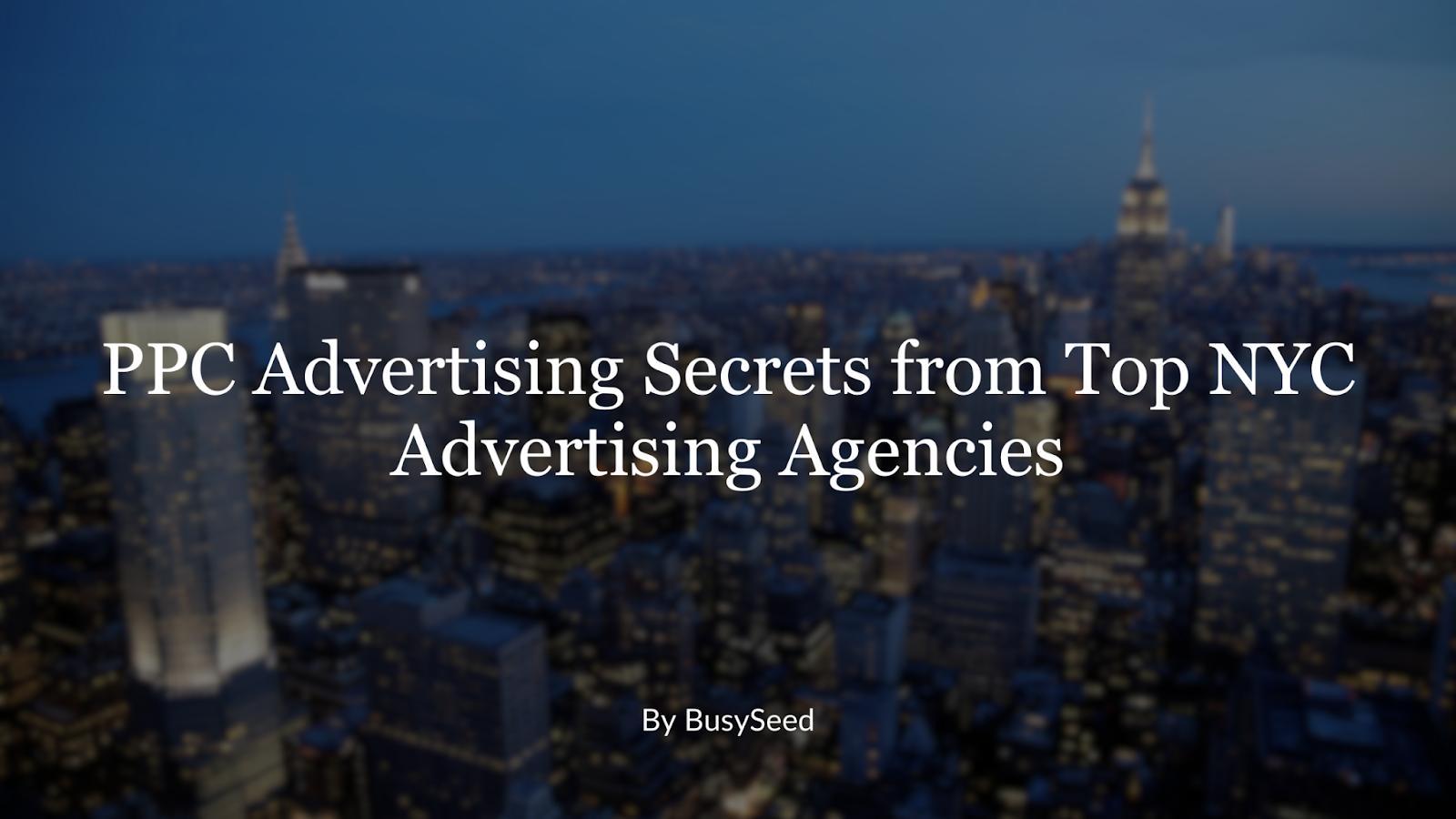
PPC Advertising Secrets from Top NYC Advertising Agencies
Pay-per-click (PPC) advertising has revolutionized digital marketing, enabling businesses to drive targeted traffic and measurable results. In New York City, where competition is fierce, top NYC advertising agencies have mastered the art of PPC campaigns to deliver unmatched outcomes. This guide unveils their strategies for crafting compelling campaigns that maximize ROI.
FAQ
What is PPC advertising?
PPC, or pay-per-click advertising, is a digital marketing strategy where advertisers pay a fee each time their ad is clicked. It's a way to buy visits to your site rather than earning them organically, often used on platforms like Google Ads and Meta Ads.
Why is A/B testing important for PPC campaigns?
A/B testing helps determine what works best in your ads by comparing different variations. This method improves ad performance by identifying winning headlines, visuals, or CTAs and scaling them for better results.
How do I choose the right keywords for my PPC campaign?
Choosing the right keywords involves understanding your target audience's search intent, analyzing competitor strategies, and prioritizing high-intent keywords. Tools like Google Keyword Planner, SEMrush, and Ahrefs can aid in this process.
What are the benefits of audience segmentation in PPC?
Audience segmentation allows advertisers to tailor their messages to specific groups based on demographics, interests, or behaviors. This personalization improves ad relevance, engagement, and conversion rates.
How can landing page optimization improve my PPC results?
Optimized landing pages ensure a seamless user experience, with clear CTAs, fast load times, and relevant content that aligns with the user's ad journey. These improvements increase conversions and reduce bounce rates.
The Foundations of Effective PPC Campaigns
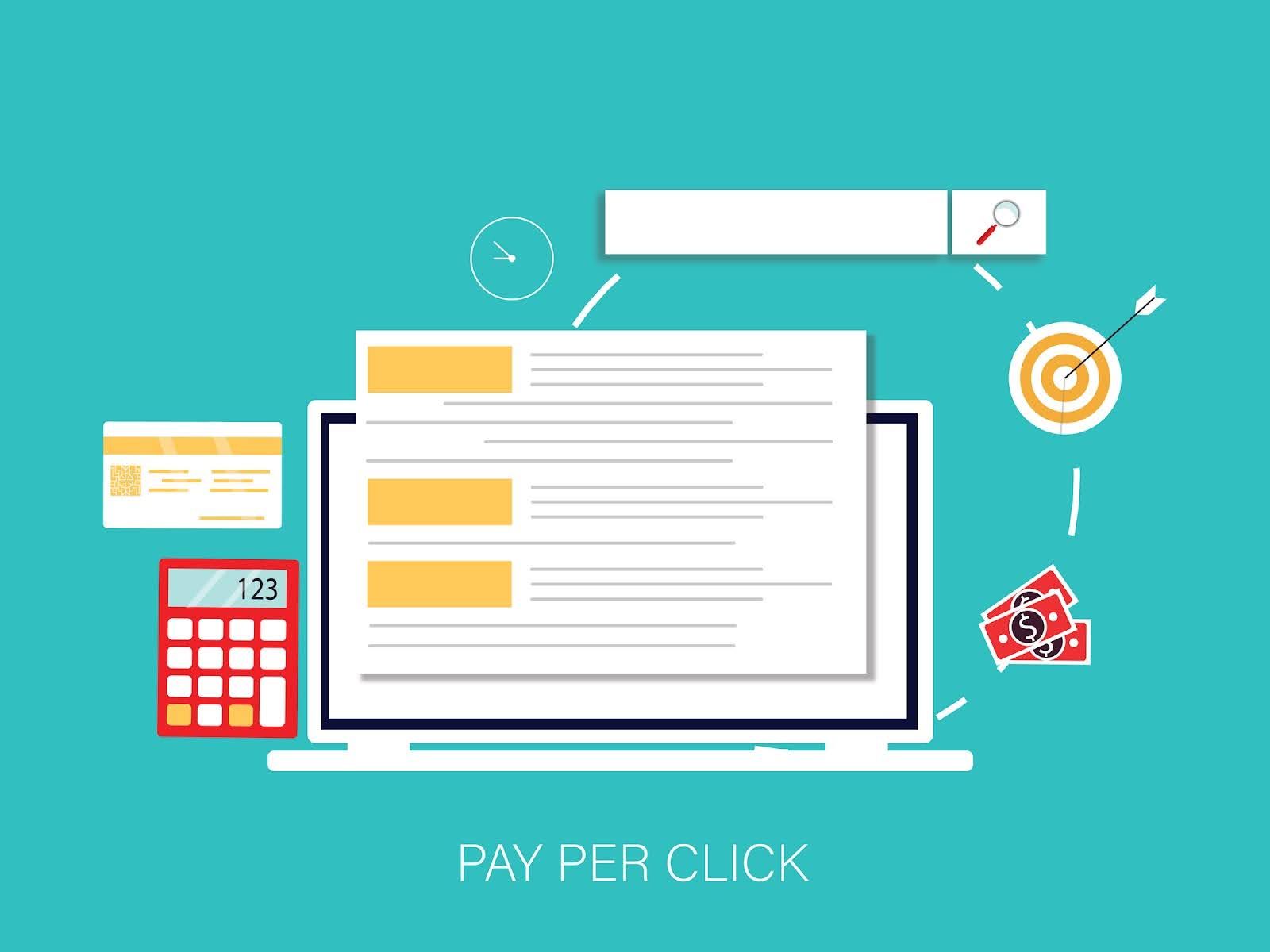
Building a successful PPC campaign requires meticulous planning and execution. Key elements include:
- Keyword Research
- Identify high-intent keywords that align with your target audience's search intent. These are the phrases users type in when they're ready to take action, making them crucial for driving conversions.
- Use tools like Google Keyword Planner to uncover valuable keywords. This tool provides search volume, competition level, and cost-per-click estimates to help prioritize your efforts.
- Focus on long-tail keywords to capture specific user needs and minimize competition. For instance, instead of "shoes," target "affordable running shoes for women." According to WordStream, businesses using long-tail keywords see a 20% higher conversion rate (WordStream).
- A/B Testing
- Create multiple ad variations to determine which performs best. Testing different headlines, visuals, and CTAs provides insight into what resonates with your audience.
- Experiment with elements such as ad copy, display URLs, and offers to find the optimal combination for engagement.
- Optimize campaigns based on click-through rates (CTR) and conversion metrics. A/B testing can boost conversion rates by up to 49% (HubSpot).
- Audience Segmentation
- Categorize audiences by demographics, interests, and behaviors to deliver tailored messaging.
- Tailor ads to resonate with specific segments, such as young professionals, parents, or eco-conscious consumers.
- Leverage platforms like Google Ads and Meta Ads Manager to refine targeting and reach your ideal customer effectively.
A strong PPC campaign begins with foundational practices like keyword research, A/B testing, and audience segmentation. These strategies ensure that your ads are relevant, engaging, and optimized for conversion, setting the stage for measurable success.
Mastering Keyword Research
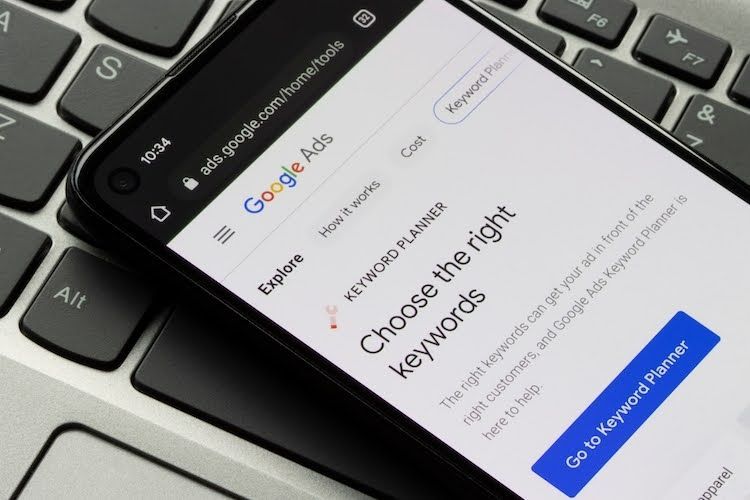
Top NYC advertising agencies understand that keyword research is the backbone of PPC success. Their approach includes:
- Understanding Search Intent
- Differentiate between informational, navigational, and transactional intent. Transactional keywords, such as "buy," "book," or "get," are particularly valuable for PPC.
- Prioritize keywords reflecting high purchase intent, such as "buy now," "discounted," or "best deals near me."
- Analyzing Competitor Keywords
- Use tools like SEMrush or Ahrefs to identify competitor strategies. These tools help uncover opportunities to outperform rivals.
- Incorporate unique keywords your competitors may overlook, ensuring your campaign stands out in the market.
- Ongoing Optimization
- Regularly update keyword lists based on performance data. Remove underperforming terms and allocate more budget to high-converting ones.
- Stay informed about seasonal trends and adjust keywords to align with consumer behavior.
Mastering keyword research involves understanding search intent, analyzing competitors, and consistently optimizing your campaigns. These practices help you target the right audience with precision, maximizing your ROI and staying competitive in the digital landscape.
The Importance of A/B Testing
A/B testing empowers marketers to make data-driven decisions, improving ad performance over time. Key practices include:
- Testing Ad Variations
- Experiment with different headlines, descriptions, and CTAs. For example, compare "Shop Now" versus "Get Your Deal Today" to see which drives more clicks.
- Use dynamic ad formats to match user preferences and boost engagement.
- Monitoring Results
- Track metrics like CTR, conversion rate, and cost-per-click (CPC). These insights reveal which elements of your campaign are driving results.
- Identify winning variations and scale successful strategies to maximize ROI.
- Iterative Improvements
- Continuously refine ads based on testing outcomes. A/B testing is not a one-time activity but a continuous process for optimization.
- Incorporate user feedback to align ads with audience expectations and improve relevance.
A/B testing ensures your PPC campaigns remain dynamic and effective. By continuously experimenting, monitoring, and refining, you can adapt to audience behavior and improve performance metrics over time.
Optimizing Landing Pages for Conversions
A well-optimized landing page is crucial for converting PPC traffic. Techniques include:
- Designing for Clarity
- Use simple layouts with a clear focus on the CTA. A clutter-free page helps guide users to take action.
- Remove unnecessary distractions to streamline the user journey, ensuring the path to conversion is seamless.
- Improving Page Speed
- Optimize images and code to reduce load times. Slow pages lead to high bounce rates and lost conversions. Google research shows 53% of mobile users abandon sites that take longer than 3 seconds to load (Think with Google).
- Ensure mobile responsiveness for a seamless user experience across all devices.
- Personalizing Content
- Align landing page content with the user’s ad journey to create a cohesive experience.
- Use dynamic text replacement for tailored messaging, ensuring relevance to the user’s search query.
Optimizing landing pages is essential for converting clicks into customers. Clear design, fast loading times, and personalized content create a smooth user experience that maximizes conversions.
Conclusion
PPC advertising is a vital tool in the digital marketing arsenal, especially in competitive markets like New York City. Top NYC advertising agencies and digital marketing companies NYC have proven that mastering foundational strategies like keyword research, A/B testing, and audience segmentation, complemented by advanced techniques such as optimizing landing pages and leveraging analytics, drives exceptional results.
The best advertising agencies New York are setting benchmarks by using these tactics to deliver measurable success. If you're seeking expertise from the top NY ad agencies to elevate your PPC efforts, connect with trusted New York City advertising agencies like BusySeed to maximize your ROI and thrive in the dynamic digital landscape.

